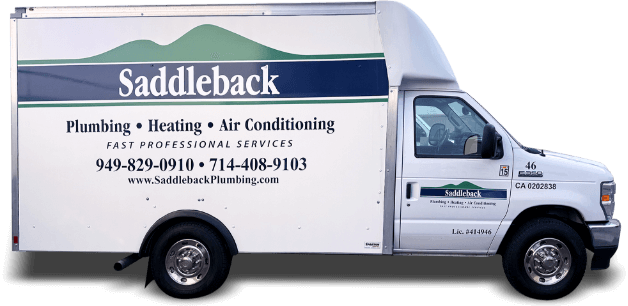Green Thinking for Green Thinkers
June 20th, 2011There are a lot of media stories about exciting new green buildings: LEED-certified buildings, net-zero buildings, buildings made out of recycled shipping containers, homes in New Urbanist communities, even “ultra-small” homes. But a new home can be pricey. Fortunately, though, all these innovative green ideas can be applied where you live right now. In fact, going green in your existing home might even be better for the environment than building a brand-new home.

